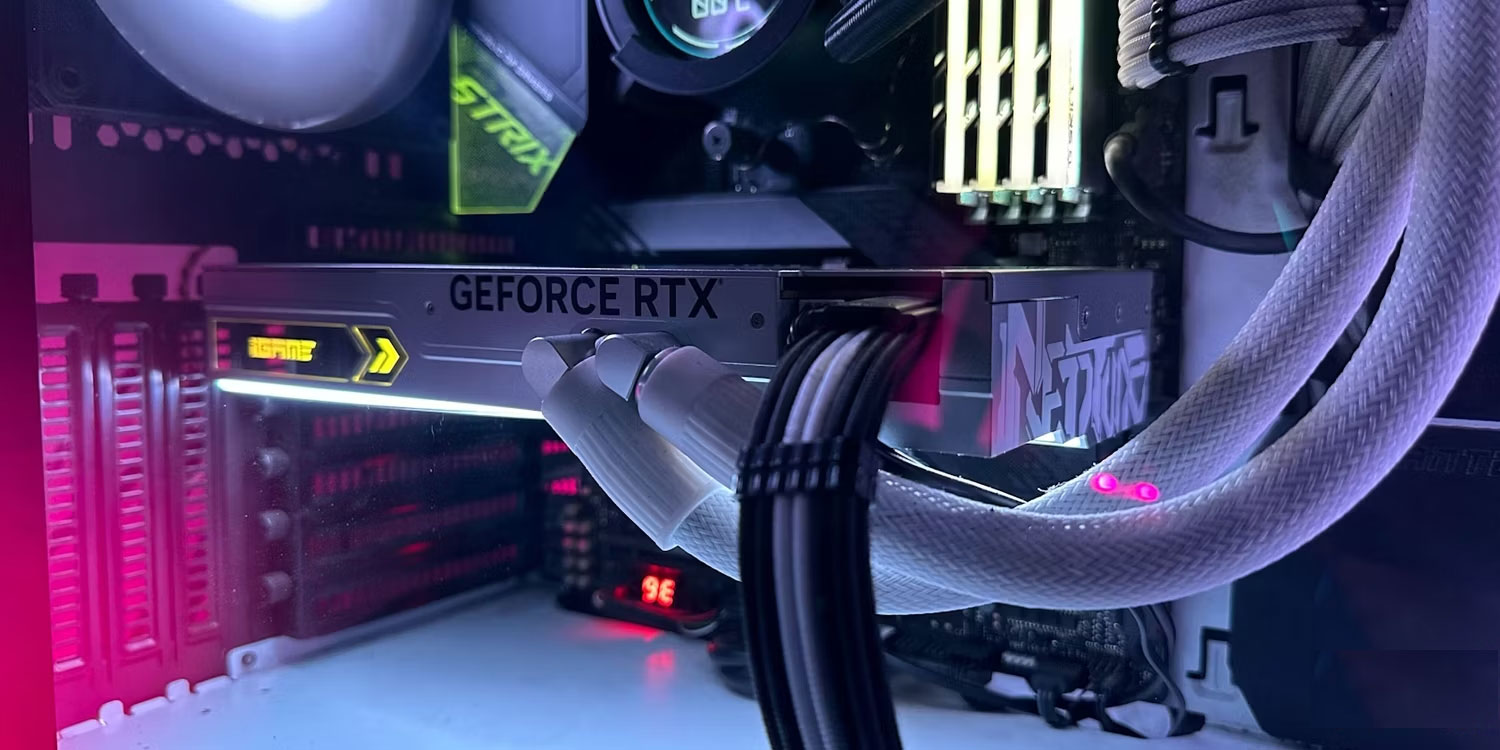How often should a PSU be upgraded?
We often neglect our computer's power source. In fact, most people can use the latest PC hardware for years without ever touching it.
Every 5 to 10 years, depending on the warranty
Power supplies are typically designed to last longer than other PC components, which is why they often have longer warranties. For example, Seasonic offers an incredible 12-year warranty with its PRIME series power supplies. So even if it breaks after a decade of use, you can still return it to the manufacturer and get a replacement.
However, not all PSUs have the same quality and warranty, so some models may have a shorter warranty period. Most manufacturers have tested the power supplies they supply to ensure that the product lasts longer than the warranty period. So you can rest assured that the power supply will last as long as the manufacturer guarantees.

However, that doesn't mean the PSU should be replaced as soon as the warranty expires. If well maintained (by keeping the device clean, avoiding overload), the PSU can last several more years beyond the warranty date.
A good rule of thumb is that you should review your PSU about a year or two after the warranty runs out. While the PSU may still look good on the outside after that amount of time, it's not a good idea to risk purchasing other more expensive components on the computer while still using the old PSU.
When making a significant upgrade

Should you reuse your old PC's power supply if you plan to upgrade it? There is no clear answer to this question as several factors must be considered. But if you are looking to change a major specification, you should buy a new power supply that comes with a "freshly removed" graphics card.
That's because components with higher specifications often have higher power requirements. For example, the RTX 2080 Ti has a TDP of 250 watts. If you pair this with an Intel Core i7-12700K which has a TDP of 190 watts then the 600 watt PSU will be more than enough for the needs. But if you upgrade your GPU to an RTX 4090, which requires 450 watts of power, you'll need to upgrade your power supply to meet this demand.
If you start getting these signs
Whether you have a brand new computer or are still holding on to a trusty old desktop after a few years, you should always pay attention to how it's performing. That's because PSUs, regardless of age, can fail for many reasons. So if you start seeing some of these symptoms on your computer, you should replace or upgrade the PSU (or RMA to the manufacturer if it's still under warranty).
- Blue screen of death with the following errors:
- 0x00000080: NMI_HARDWARE_FAILURE
- 0x00000122: WHEA_INTERNAL_ERROR
- 0x00000124: WHEA_UNCORRECTABLE_ERROR
- 0x00000127: PAGE_NOT_ZERO
- 0x0000012B: FAULTY_HARDWARE_CORRUPTED_PAGE
- Small rattling sound
- Unexplained CPU or GPU performance issues
- Electrical instability
These signs and symptoms may indicate that the PSU is starting to degrade and that it should be upgraded or replaced soon. You don't want PSU problems to get out of hand, causing your PC to stop working while you're using it, or worse, damaging other, more expensive components like the processor or GPU.
Like any other computer part, you must maintain your PSU to prolong its useful life. But no matter how well you take care of it, there will come a time when it needs to be replaced. So it's better to proactively replace it before it stops working in the middle of your work or play, rather than waiting for it to die and potentially affect other components.
You should read it
- 11 successful business secrets of Tony Fernandes - AirAsia boss
- Instructions to disable ScreenTip in Word 2013
- Microsoft demonstrates the value of Windows 8 for businesses
- Replace the remote wallpaper on Android with Pimp my Wall
- Leaked images and information about Samsung Chromebook 2
- How to run Linux desktop using Windows Subsystem for Linux
 Do you really need a mechanical keyboard to play games?
Do you really need a mechanical keyboard to play games? How to find lost Apple Pencil
How to find lost Apple Pencil What is Apple AirPlay?
What is Apple AirPlay? Microsoft's new Recall feature is both interesting and dangerous
Microsoft's new Recall feature is both interesting and dangerous How to avoid the biggest limitations of smart homes
How to avoid the biggest limitations of smart homes Microsoft is ending Edge support on computers without SSE3
Microsoft is ending Edge support on computers without SSE3